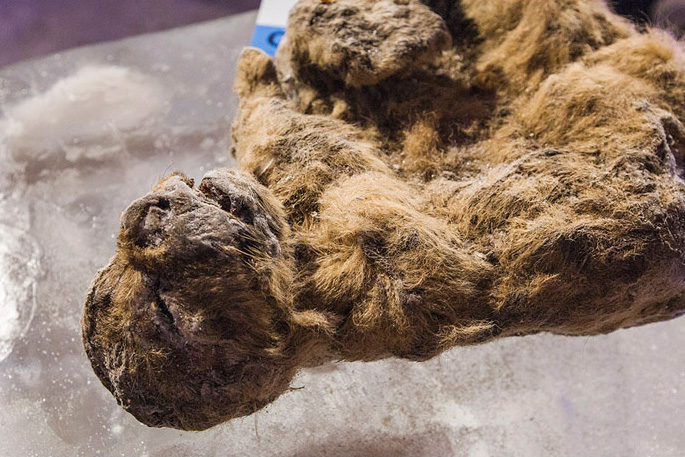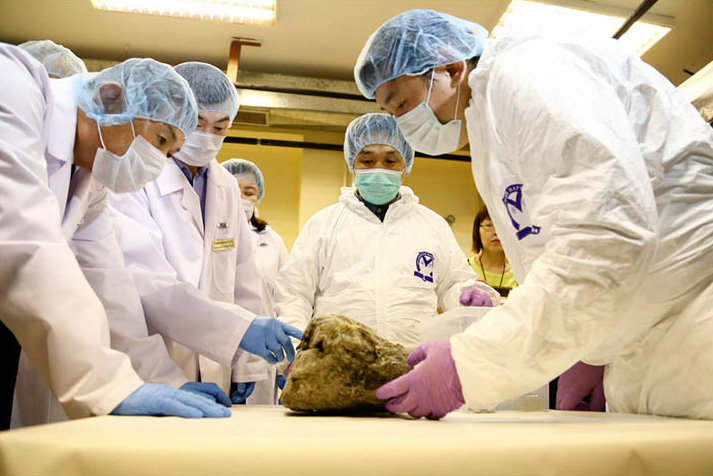
When the cubs were discovered last year, paleontologists surmised the lions were roughly 12,000 years old and died after living for just one or two weeks. Dr. Albert Protopopov, Yakutian Academy of Sciences’ head of mammoth fauna studies and one of the scientists to help with the initial finding, says his organization plans to keep the preserved cubs “for the future.” The academy allowed Woo-Suk and his team to retrieve the small samples though they originally asked for a large piece of the skull or one of the cubs’ entire legs. According to Protopopov, this created a bit of controversy between the two parties.
“The dispute arose from the fact the researchers, as always, want to be completely sure and take more tissue, and I can understand them,” Protopopov tells the Siberian Times. “But the lion is not fully preserved and there are not so many tissues. We have planned other studies, so it is important to preserve the original morphology of the remains. Such disputes are normal in all studies, and in the end we came to a compromise.”
Despite the tiff, Woo-Suk and his group managed to collect enough tissue samples they hope will allow them to successfully clone the cub, but acknowledged more advanced technology may be needed. In addition to Protopopov’s intent to run other studies on the specimen, the fact each cub is so small — and highly degradable — forced the Yakutian Academy to greatly restrict the samples allowed.
“Comparing with modern lion cubs, we think that these two were very small, maybe a week or two old,” Protopopov said. “The eyes were not quite open, they have baby teeth and not all appeared.”
Found roughly 650 miles northeast of Yakutsk in the Sakha Republic, the lions were initially spotted after a brief rise in temperature last summer. The higher than usual heat allowed for cracks in some of the area’s permafrost which allowed a local worker to spot the cubs hidden inside. After analyzing the area, Protopopov believes the cubs were placed inside the cave by their mother for protection before a landslide covered the cave and sealed the pups inside. This specific breed of cave lion is known to have lived during the middle and late-Pleistocene era in the far east area of Russia.
In addition to Woo-Suk’s attempt at cloning the creature, further studies hope to uncover why exactly the species ultimately became extinct roughly 10,000 years ago despite their lack of predators. Autopsies of the cave lions are reportedly scheduled to occur later this year.




